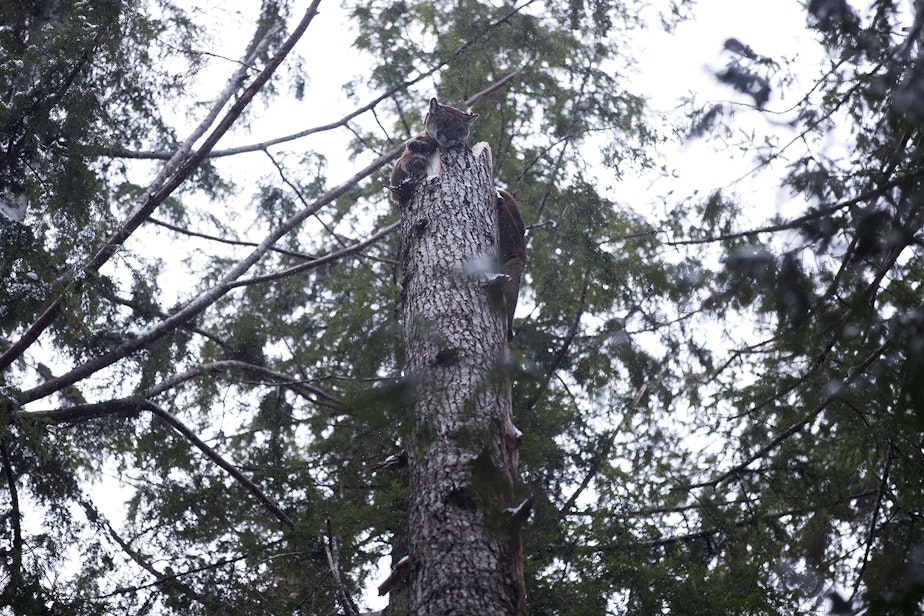Wildlife is learning to live in NW cities. Can we adapt with them?

Towns and cities around Puget Sound are no strangers to wildlife. From orcas and sea slugs, bald eagles and crows, a whole host of creatures call our urban habitat home.
But learning to live with our wild neighbors hasn't always been easy, and it's only getting more difficult.
The complex successes and failures of how cities become vibrant ecosystems are at the center of a new book titled The Accidental Ecosystem: People and Wildlife in American Cities.
Soundside caught up with the book's author, Peter Alagona, professor of environmental studies at the University of California Santa Barabara. Alagona told Soundside that for a long time, researchers never really thought to look at how animals adapt to our cities.
That's not all — when we see images of cleared forests or polluted waterways, the animals that lived in those wild areas are forced to adapt to our urban environments, or not survive at all.
But urban environments aren't all equally hospitable.
Take a look at aerial footage of University Place compared to southeast Tacoma, for example, and you'll see a stark contrast — a visible representation of the role environmental racism plays in the ways we built our cities.
Sponsored
To learn more about how environmental factors hurt both our human and wildlife populations, Soundside spoke with Professor Christopher Schell. Schell is currently an assistant professor with the Department of Environmental Science, Policy, and Management at the University of California at Berkeley. But he spent several years studying our neck of the woods at University of Washington, Tacoma. What does the difference between University Place and southeast Tacoma tell us about how hospitable our cities are for all kinds of life?





